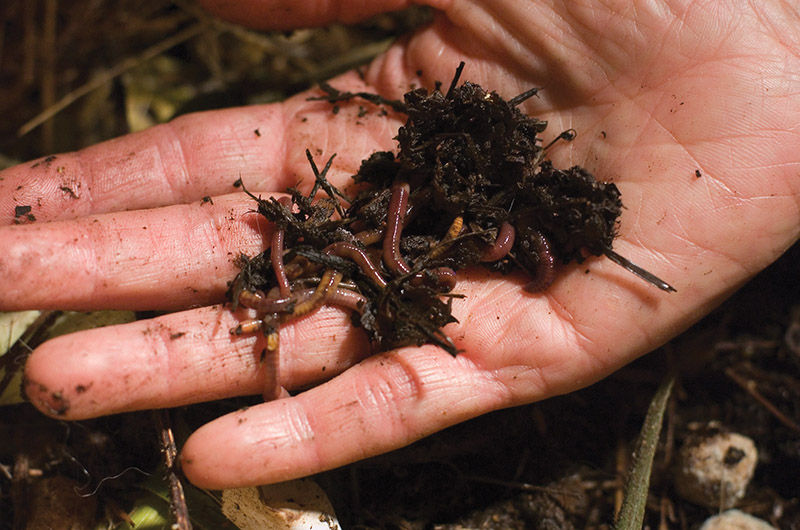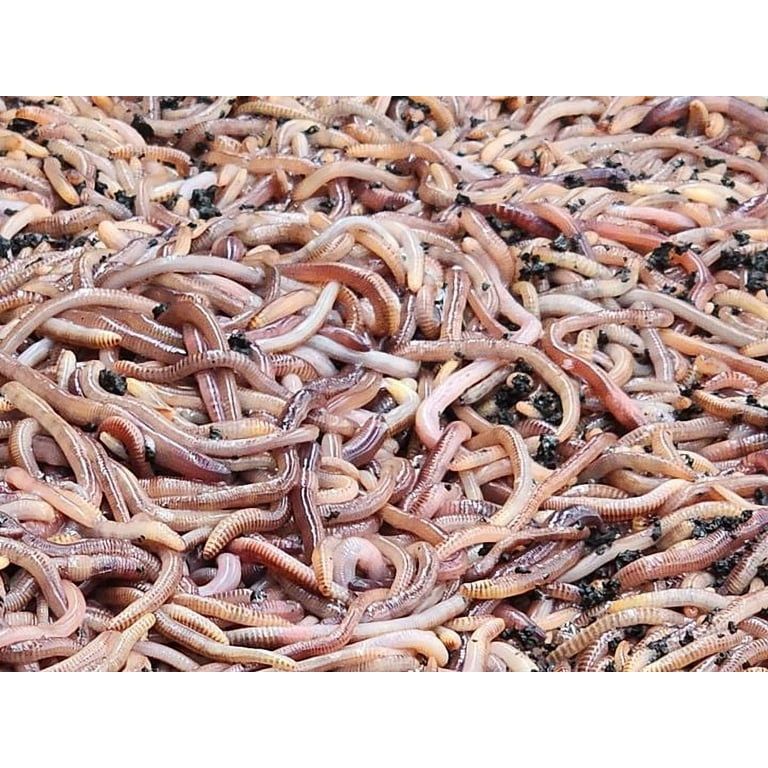Active red worms: Support a greener planet
Active red worms: Support a greener planet
Blog Article
Transform Your Yard With Red Wigglers: Idea
Red wigglers are not just an interest for compost fanatics; they are pivotal representatives of makeover for any type of garden. By establishing a standard worm bin and recognizing the dietary demands of these exceptional creatures, gardeners can dramatically enhance soil quality and plant health and wellness. The procedure of converting organic waste right into rich, abundant castings is both uncomplicated and gratifying. The real possibility of red wigglers goes beyond plain composting. Discovering the subtleties of their treatment and the diverse applications of their by-products can unlock even greater benefits for your gardening ventures.

Advantages of Red Wigglers
Red wigglers, scientifically known as Eisenia fetida, are typically hailed as nature's composting champions. These exceptional worms offer several essential advantages that can considerably boost garden wellness and performance.

Another noteworthy advantage of red wigglers is their ability to minimize waste. By composting organic products that would or else contribute to landfill waste, they play an essential duty in lasting gardening techniques. Finally, integrating these worms right into your gardening routine can lead to boosted yields, much healthier plants, and a more vibrant yard atmosphere, making them invaluable allies for garden enthusiasts looking for to enhance their eco-friendly footprint.
Establishing a Worm Bin
Creating a worm bin is an important step for anyone aiming to harness the advantages of red wigglers in their horticulture initiatives. A suitable worm bin can be made from various materials, consisting of plastic containers, wooden crates, or readily available worm containers. The very first consideration is size; a bin that goes to the very least 2 feet vast, 3 feet long, and 1 foot deep is typically ideal for a small to medium number of worms.
It's vital to develop a bedding layer, utilizing products such as shredded paper, cardboard, or coconut coir to provide a comfy setting for the worms. The bed linens should be wet but not soggy, resembling a moist sponge - red worms.
Area the container in an area that maintains a regular temperature, ideally in between 55 ° F and 77 ° F. Avoid straight sunlight or extreme cool, as these problems can hurt the worms. Once the container is established, permit the bedding to opt for a few days before presenting the red wigglers, guaranteeing they have a thriving atmosphere in which to flourish.
Feeding Your Red Wigglers
When the worm bin is developed and the red wigglers are introduced, correct feeding becomes crucial to preserving a healthy and balanced worm population. Red wigglers prosper on a diverse diet regimen, mainly including kitchen scraps and natural products. Ideal foods consist of vegetable peels, fruit scraps, coffee grounds, and crushed eggshells. It is essential to prevent feeding them meat, milk, or oily foods, as these can produce unpleasant smells and draw in parasites.
When introducing food, slice the scraps into smaller items to facilitate quicker consumption. In addition, hide the food underneath a layer of bedding material to avoid fruit flies and various other hassles. Display the feeding frequency; a basic guideline is to supply food every 1-2 weeks, relying on the number of worms and the quantity of food waste produced.

Gathering Worm Castings
Exactly how can you inform when it's time to collect worm castings from your container? The readiness of worm castings is indicated by a couple of crucial indications.
One more indicator is the reduction in worm task; as the spreadings accumulate, worms have a tendency to move in the direction of fresher food resources. If you see a decline in worm motion and the existence of spreadings at the end of the bin, it's a clear signal that harvesting is due.
To harvest, delicately dig the castings, taking treatment to minimize disruption to the worms. A prominent approach includes dividing the spreadings making use of light; worms tend to delve away from the light, allowing you to collect the castings a lot more conveniently.
Gathering frequently, roughly every 3 to six months, guarantees a consistent supply of this nutrient-rich change for your gardening ventures. Keep in mind, the top quality of your spreadings directly affects the wellness of your plants.
Using Spreadings in Your Yard
(red worms for composting)Using worm spreadings in your garden can dramatically enhance dirt health this hyperlink and plant growth - red worms. These nutrient-rich organic plant foods offer essential macro and trace elements, enhancing the total fertility of your soil. By incorporating worm castings into your garden beds, you can advertise beneficial microbial activity, which assists in vitamins and mineral accessibility and improves dirt framework
To utilize worm castings effectively, mix them right into the top few inches of dirt before growing. This guarantees that nutrients are readily obtainable to your plants. Alternatively, you can create a nutrient-dense liquid fertilizer by steeping worm castings in water for a week, then using the resulting "worm tea" directly to your plants. This method not only provides prompt nutrients however also encourages healthy and balanced root advancement.
Worm castings additionally boost dampness retention within the soil, minimizing the need for regular watering. Their natural pH balance makes them suitable for numerous plant types, from vegetables to ornamentals. Consistently including worm spreadings right into your horticulture routine can result in robust plant growth, raised returns, and a general much healthier yard environment. Welcome the benefits of worm castings for a successful and sustainable yard.
Final Thought
Incorporating red wigglers into garden techniques uses significant benefits, including boosted soil fertility and improved plant health. By developing a worm bin, offering suitable food, and frequently gathering nutrient-rich castings, gardeners can cultivate a sustainable community. Making use of worm castings and "worm tea" even more adds to moisture retention and nutrient schedule in the dirt. Ultimately, the combination of red wigglers helps with a productive and eco-friendly method to horticulture, promoting overall ecological balance.
Report this page